Brick flooring has been used for centuries in homes, in offices, as sidewalks and streets, and for buildings. The demand for the look of brick flooring is enough that brick pattern laminate flooring was created for people who wanted the look without having the rough texture and challenge of cleaning actual brick flooring.
Why is Brick Flooring Widely Preferred?
Bricks can create almost any look in your home, from casually elegant to practical and welcoming. Brick floors are easy to care for and exceptionally durable. Since you can lay brick in any number of patterns, you can create a high-design, one of a kind look for your home. A lot of people opt for brick flooring these days due to the multiple possibilities it brings to the table.
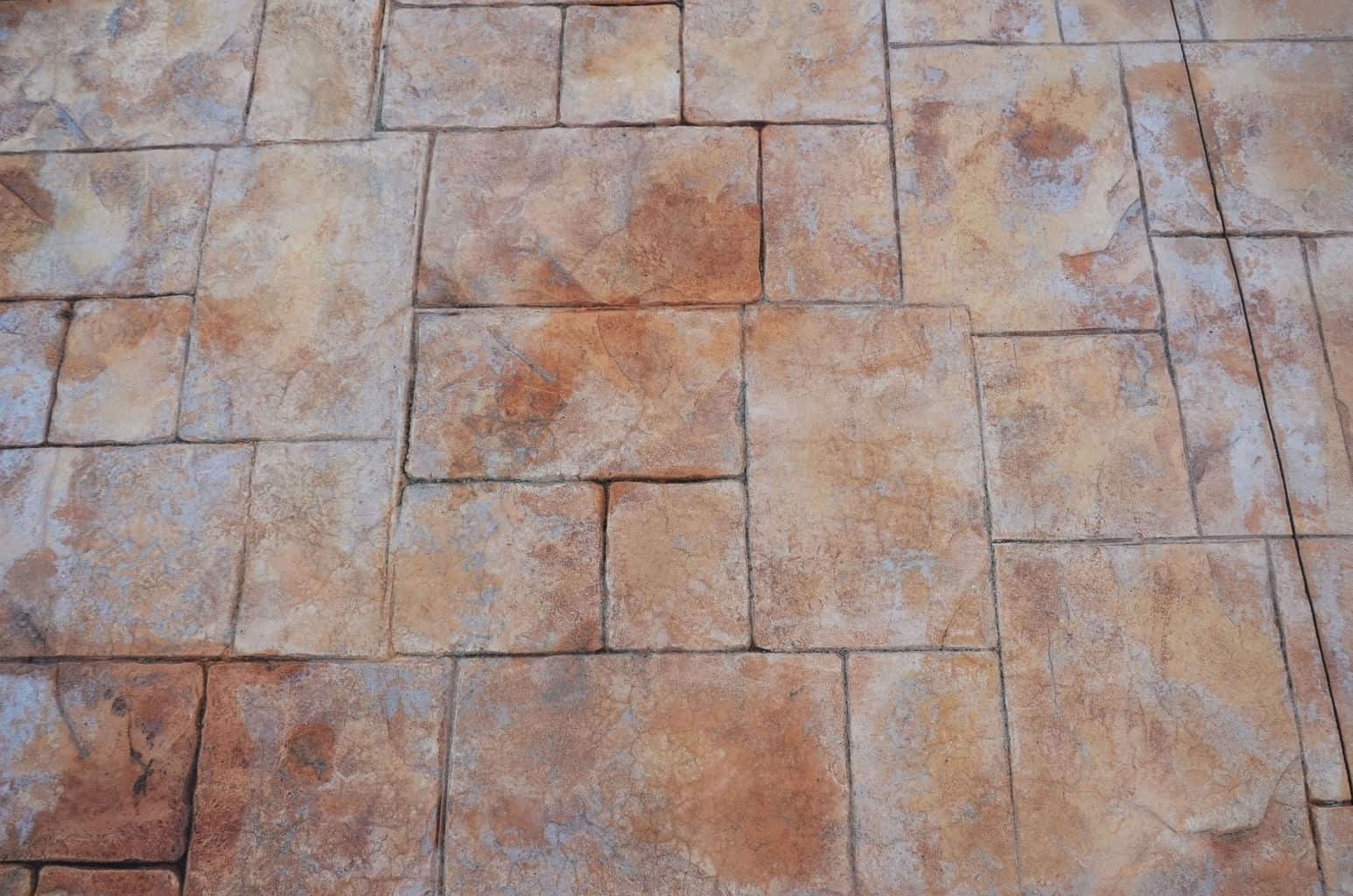
Advantages of Brick Flooring
Brick flooring consists of thin tiles (usually 1/2″ and 15/16″ in thickness) that are applied to floors with mortar or other adhesive. The result is a warm-hued and natural floor that can last for many years. Some of the greatest advantages of brick flooring include:
- Fade-Resistant: As you can tell by driving through any town in any state, bricks maintain their beauty in the face of sun exposure. Brick homes and buildings do not fade in the sun, and neither will your brick floors.
- Fire-Retardant: Brick is a natural flooring option that, like stone, is fire retardant. This makes brick flooring a great choice for homes, especially in the kitchen. If the idea of a home fire worries you, consider brick flooring to alleviate some of that worry.
- Durability: Brick resists wear and tear much better for much longer than most flooring options; certainly much longer than options like hardwoods or carpeting. Roads have been paved with bricks, monuments have been built with bricks, and if you choose brick flooring for your home, you will find it will last for decades or longer.
- The Feel: Not only does brick flooring provide an anti-slip surface, but brick stays cool in warmer weather and holds in heat in colder weather. While bricks themselves are rough, interior brick floors are sealed and therefore much smoother than what you may imagine. While incredibly durable, brick floors actually have a surprisingly soft feel underfoot.
- The Look: This is, of course, the greatest advantage to brick flooring. The beautiful, rustic textures and warm coloring of the floors make brick a homey choice that can range from elegant to rough-hewn. While brick floors are inexpensive, they still manage to exude a special kind of sophistication and vintage appeal that make brick flooring a really special choice for the home.
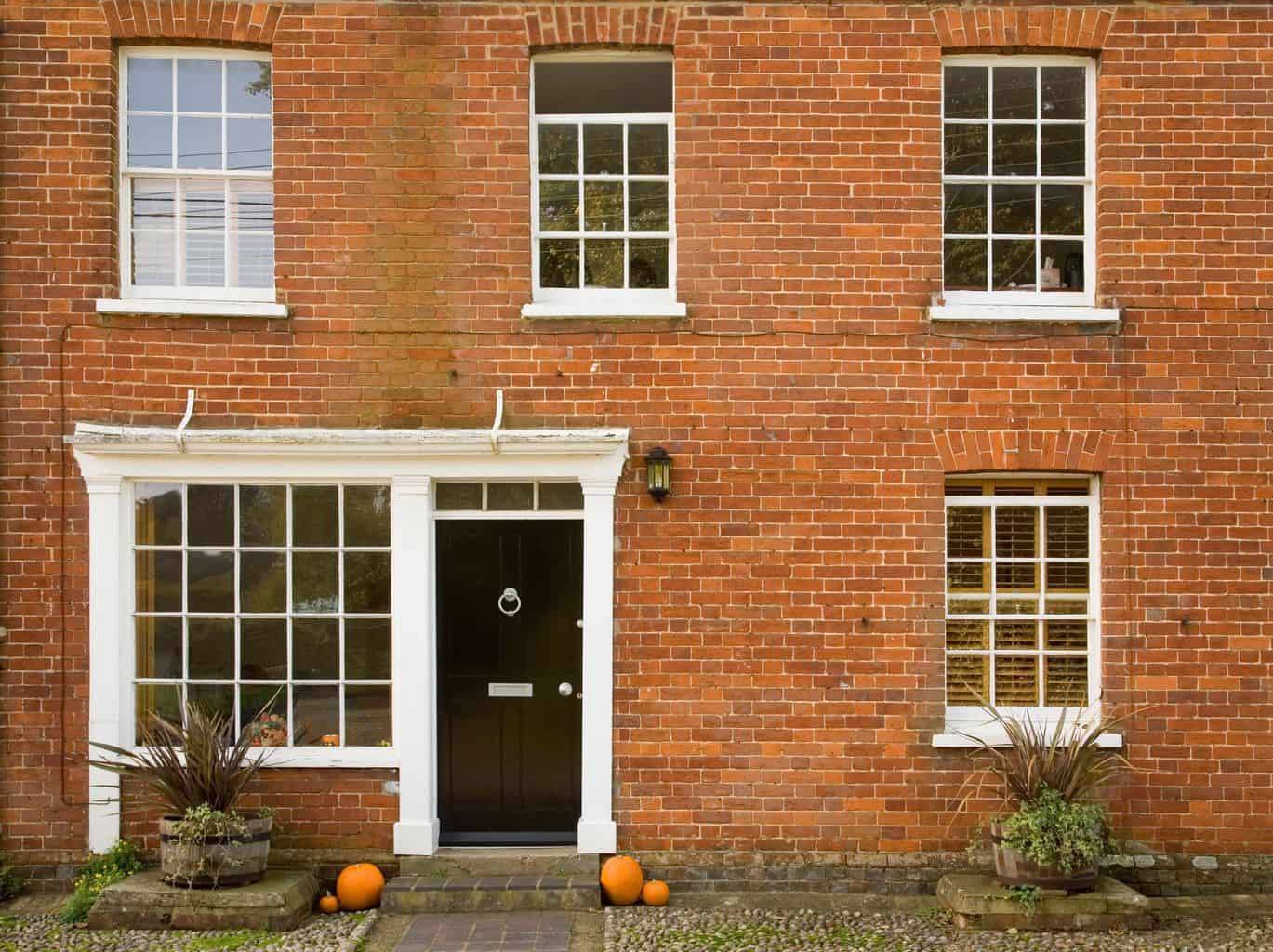
Challenges in Choosing Interior Brick Flooring
There are, of course, challenges to using interior brick flooring. Some of the most significant of these challenges include:
- Installation: While installing brick flooring is possible for anyone, it really is recommended that you find a professional who has experience installing interior brick floors, which can be more of a challenge in some areas or if your budget does not allow for hiring a professional.
- Maintenance: While cleaning and maintaining brick floors is not necessarily more difficult than with any other flooring option, it does require special considerations, especially when selecting cleaning solutions or when dealing with repairs.
- Uneven Surface: If installed incorrectly or on an uneven or not solid foundation, brick floors can become uneven.
- Rough Texture: While interior brick floors are typically sealed, making them significantly smoother, unsealed brick can be rough, especially at any edges.
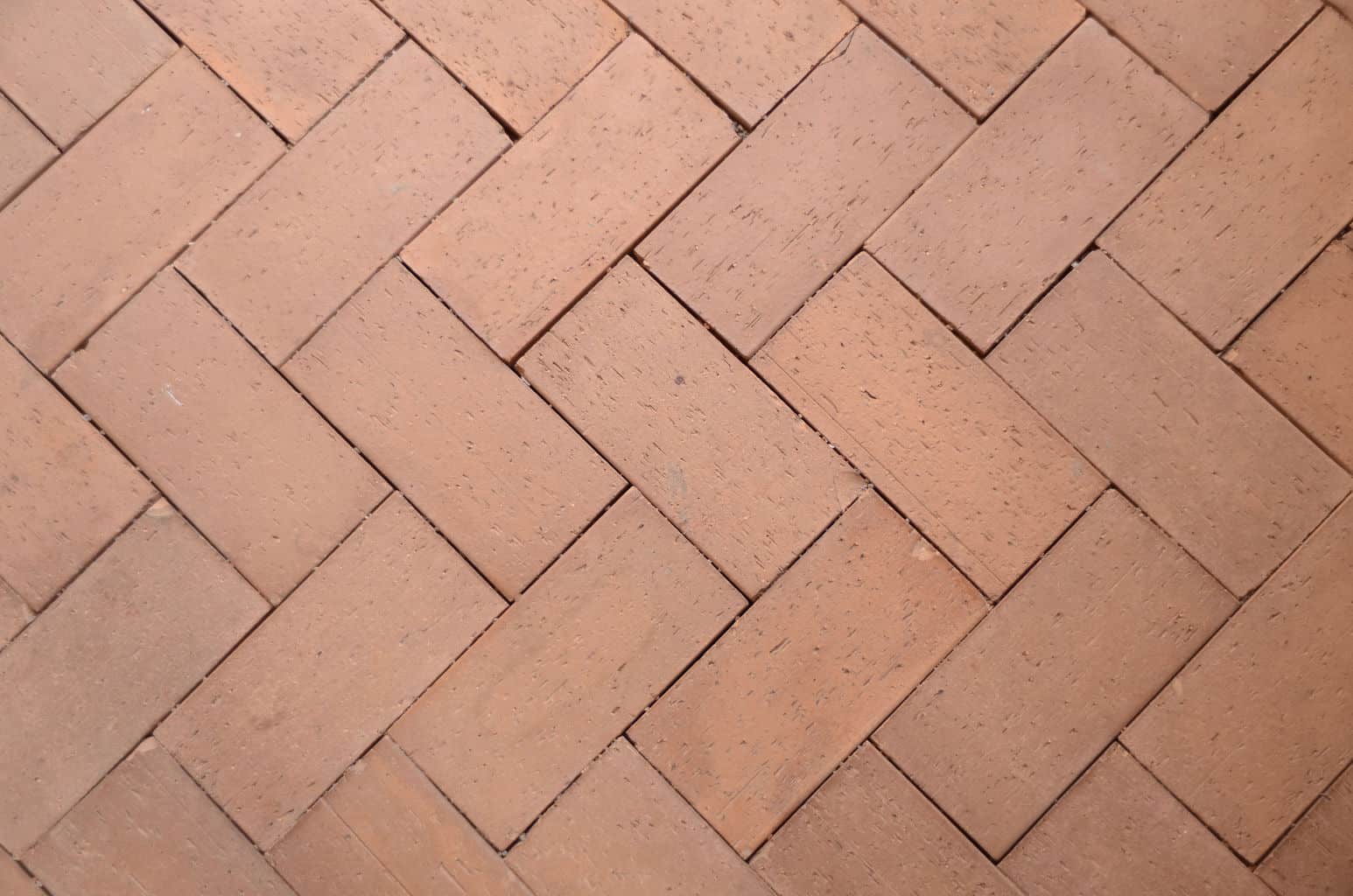
All You Need to Know About Interior Brick Flooring
Interior brick flooring is made by combining finely ground clays, shale and raw materials to produce hard surfaces. The materials are pressed, cut, and fired in a kiln at high temperatures. The result is thin brick flooring tiles that have the durability and beauty of brick and the convenience of tile flooring. Most manufacturers will apply a sealant or a chemical mixture after firing to seal the porous brick surface to make cleaning easier. Most brick floors will have to be resealed after installation to ensure they are easy to clean.
One will note that there is a huge importance placed on the ability to clean the brick flooring post installation. This can especially be noted in the case of brick pattern laminate flooring, where the challenge of cleaning brick flooring is adequately addressed. Laminate flooring suppliers, such as Lumber Liquidators, offer laminate flooring in a wide range of styles and colors, mimicking all types of traditional flooring but offering the ease of cleaning and maintenance in tandem with the low price that has come to make laminate such a popular choice for homeowners.
A brick flooring interior can be not only attractive but also quite durable. Brick floors vary widely in hardness, depending on the actual combinations of materials that go into their production. Brick floor tiles that have been made from poorer-quality or coarser-ground materials are more porous, softer, and more likely to chip and crack. Higher-quality brick tiles have a hardness comparable to some ceramic tiles, especially when sealed or treated. In general, customers can often find brick tile floors with a Measurement of Hardness (MOH) rating that is 5 or 6.
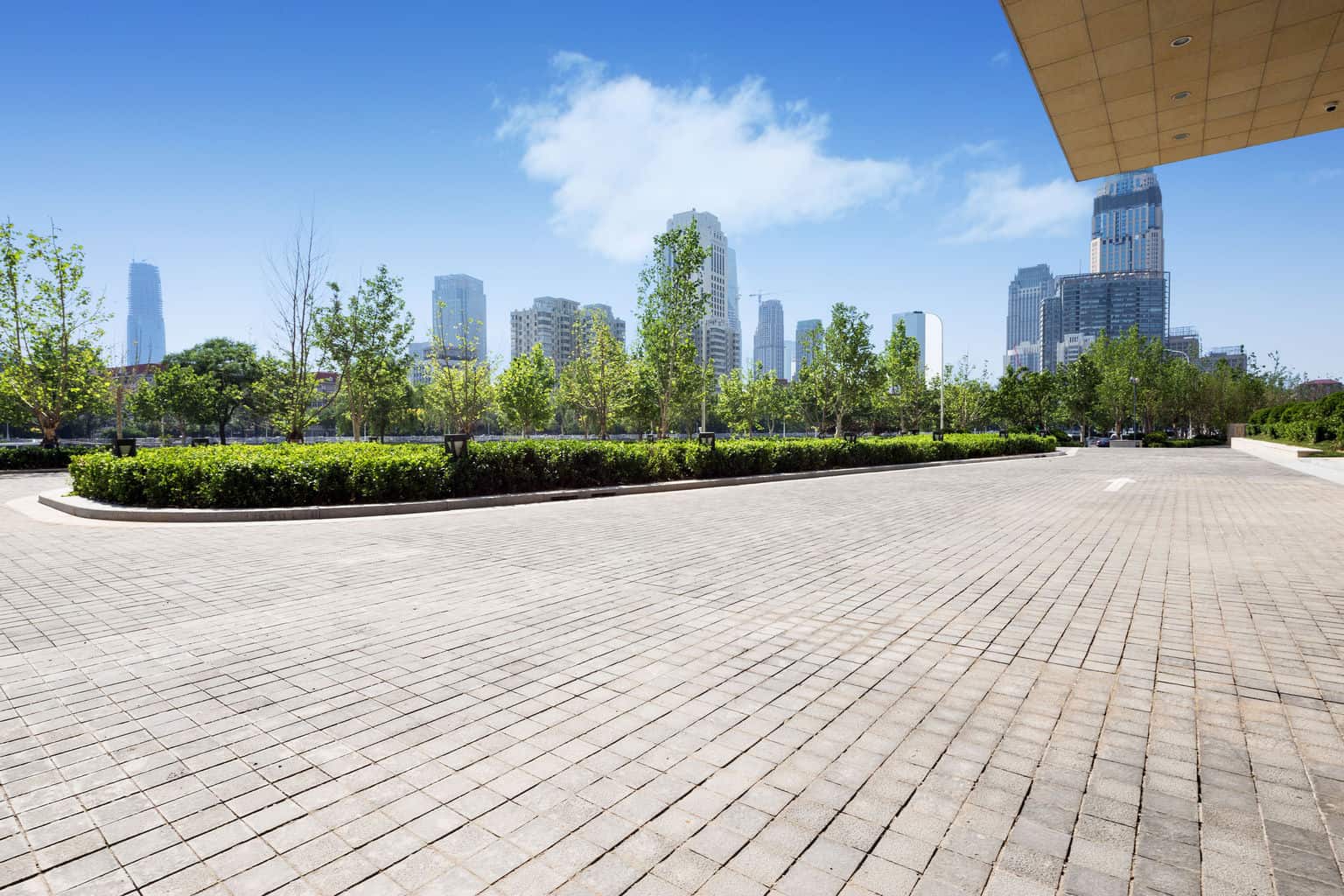
Installing Brick Flooring
Installing exterior brick flooring is not such a difficult task in theory. With a bit of practice, one can lay brick flooring without any professional help. However, when laying interior brick or laying pavers in a congested space, or if you have to remove existing flooring prior to laying the brick, it is recommended that you seek expert help. Hiring a professional is the best way to head off any potential trouble, which can save you a lot of headache in the future.
Interior brick floors can be both challenging and time-consuming to install. While the determined and patient do-it-yourselfer can install interior brick floors, most customers are generally better off reserving the project for professionals. Generally, it is advised to seal the interior brick flooring after installation. Without a sealant, interior brick flooring may be more prone to chipping and harder to clean than other types of flooring. But installing and sealing brick flooring uses lots of chemicals. Consequently, you should hire the work out and arrange to be gone until the floors are completely finished and the house has been well-ventilated.

Alternate Brick Flooring Options: Brick Laminate and Brick Vinyl Tiles
Brick floors have been trusted throughout history as practical and durable flooring options. Bricks are in fact considered humanity’s oldest manufactured building material. They have been used since 1330 BC for walls, roads, monuments, floors, and other crucial building projects. When you make the choice to use brick flooring, you are choosing a truly historical and well-established option for your home. As the vintage and classic style has made a resurgence in popularity these days, more people are lead to install brick flooring in their homes.
Brick floors can sometimes be rough and uneven, however. To avoid this, some customers select brick pattern laminate or vinyl flooring. Brick vinyl flooring provides a smooth and durable surface, while still retaining the beauty of natural brick.
Additionally, installing laminate or vinyl flooring tiles is a comparatively simple practice that can be tackled by any DIY-er with a little patience and preparation. While quality laminate and vinyl options mimic beautifully the look of brick flooring, it is impossible for anything to really compare with the feel of brick, so if this is part of the draw for you, laminate and vinyl options really will not be able to compete with the real thing.
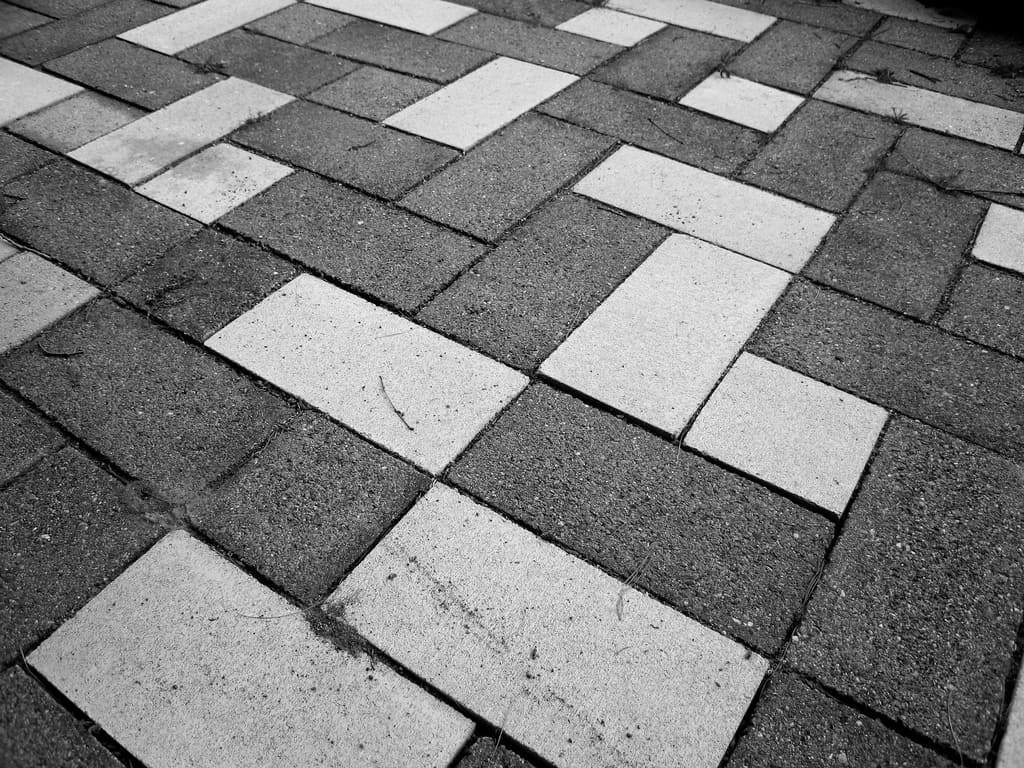
Choosing Interior Brick Flooring
Despite the few disadvantages, indoor brick flooring is still a good choice. Thin, high quality brick flooring makes for a beautiful and lasting floor for almost any room of the house. Cleaning brick flooring is generally quite simple, as most brick floors are treated and glazed. To clean these floors, a mop or broom is all that is needed. Brick floors can also be vacuumed.
If you are determined to do-it-yourself for your brick flooring installation, it is possible with a little perseverance and determination. Try practicing on a smaller scale before attempting your actual home project. Check out the short video below on brick flooring installation for a quick overview of the process. Fortunately, the materials used for brick flooring are typically inexpensive enough that you can afford to adequately practice beforehand. However, repairing or correcting flooring that has been done poorly can become more expensive, so it is worth taking the time to be sure the initial installation is done properly.
By far the best advantage of brick floors, though, is their elegant durability. Bricks have been used on roads and have been used to create buildings. If brick can make long-lasting roads and buildings, you know they will stand up to years of foot traffic in your home. If you are on a tight budget and want a flooring that is durable and long lasting, then look no further than brick flooring.
If you have always wanted a unique, rustic flooring option, brick flooring is a great choice. The fire-proof and fade-proof brick floor is perfect for adding years of beauty to your home, while increasing its value too.

Hi Jennifer!
That’s so much more helpful! So long as the sealant is a penetrating sealant, you should be ok – just don’t be stingy with it. As far as cleaning, the main issue I would think would be that you will have an uneven surface even after sealing and dirt can be more difficult to remove on uneven surfaces than flat, even surfaces. Cleaners are going to depend on the recommendations of the manufacturer that makes the sealant, so it’d be best to check with them once you find out for sure what you’re going to seal it with. Make sure to find out too if the sealer will repel water and grease.
I love the idea of using old recycled brick because it’s the “green” thing to do, but also wonder if you’ve considered brick pavers since they’re not as soft as old bricks can be.
One last thought, don’t know if it will make a difference to you or not. ;~) Brick floors can be a tad uncomfortable on the feet, especially when standing for quite a while. If you should decide to use any throw rugs, be careful of the kind that have non-skid backing. Many times the backing will stick to the floor and you’ll have a devil of a time gitting it back off again.
Oh, one more last thought….really! Be sure to keep your dog’s nails trimmed – I hear from lots of people about dog’s toenails scratching the finish on their floors – more associated with wood, slate & Saltillo, but the same would go for those old bricks.
Good luck and I’m sure you’ll love your floor – just be prepared & aware of what the “cons” are and they won’t be so bothersome!
Thank you so much for your prompt response to my emails. I think you understand my concept. If only I could introduce you to my contractor!!!
PS. Thank you for the toenail tip!!
You’re welcome Jennifer – that’s what I try to be here for. You’ll have to pop back in to let me know how your floor turned out! ;o)
My wife and I are considering brick paver flooring in our living room; we long for a natural, old-fashioned look. If our cat should have an “accident,” how easily, and by what method, could it be cleaned? Will urine penetrate the brick causing a permanent smell? Which sealant preparations, if any, can be done to assure that it will not be a a constant source of anxiety for us?
Hi Brad,
It’s going to depend on the paver manufacturer’s recommendations. Once you figure out which paver you want to use then you can give the manufacturer a call. Cat urine will probably have to be cleaned up quickly though – you know what it can do. When you seal the pavers, don’t skimp on the sealants and any other finishes you might use. You didn’t mention what kind of a base is in your living room, whether it’s on a slab (concrete) or has floor joists. Make sure that the floor joists are strong enough, and if they’re not, you’ll need to beef them up to make them sturdier.
I live in an adobe home that was built in the 1980’s, it has brick floors. I believe they are pavers, about 2″ thick. I have no idea what they were sealed with, or if they were ever sealed. I’ve noticed they’re looking dingy, and no matter how much I vacuum and mop I still come away with dirt and grime. I’m interested in really deep cleaning them…and getting on my hands and knees and scrubbing sounds really unappealing. Is there a way to steam clean them? Or would a Rug Doctor work, if I left out the chemicals? Any ideas? Thanks!
Kay
Hi Kay,
Well, if the pavers were indeed sealed at one time, they aren’t any more. You could try StainSolver, which is a product like OxyClean, but better.
AquaMix has a good line of products as well, the clickable link will take you to their page of products that are formulated for bricks. There are other brands too, I’m sure you’ll be able to find something once you read the product information and figure out just what you need. ;~)
By the way, I’m going on the assumption that you have pavers made of brick, not clay.
Good Day,
We are buying a 1962 home…the front door entry way and kitchen has brick flooring. However, the brick colors are very different. The entry way brick is pretty dark and somewhat distressed while the kitchen brick is quite tan. We do not care for the kitchen brick color….is there any product that will darken the brick to match the beautiful entry way?
Thanks so much in advance!
rich
Hi Rich,
Take a look at the AquaMix products for brick. They do have some color enriching sealers that will darken brick, though I don’t know how close it will be to the color in the entry way. I’ve heard of some people actually staining tiles & bricks with materials such as wood stain, craft stains, even transmission fluid. It’s possible you might have to strip your floor too, though that might remove some of that old patina in your entrance way. You might want to play with some different products if you have a spot that’s rather unobtrusive – is there a kitchen closet with the brick or even under your sink? Might be worth a shot.
Hello I was curious if you had any advice on where to by brick pavers at. Thanks Lee
Hi Lee,
I don’t know where you are, so I really don’t have any ‘real’ suggestions. Home Depot, Lowe’s, True Value, other building supply stores can be a start. You can also look around on the internet (do a Google search) and type in your state and possibly nearest city in with the search. You’ll run into paver manufacturer’s sites too and can usually find out if they have dealers in your area. Good luck!
We have a brick archway in the kitchen that has been painted numerous times. We have stripped off most of the paint and now we need to seal it. I have seen you recommend sealing, but I can’t find what you recommend to seal with. Help!
Hi Connie,
There are products that are made specifically for sealing brick – you’d probably be able to find something at your local Lowe’s, Home Depot, etc. AquaMix has a good line of products, I don’t know if they’re available where you are though.
My husband and I are in the process of installing a brick floor in our kitchen. I would not recommend it to anyone! The process is tedious and labor-intensive. After grouting, we clean every brick by hand with a wet sponge. It takes several swipes to get the grout off the brick. Is there an easier way????
Hi Jennifer,
Sorry, there isn’t an easier way. It’s work – plain and simple. Not difficult, just tedious. Did you seal the brick before you laid it? It makes it easier to clean up the grout that gets on the brick.
We are building a new house and had old brick floors installed in several of the rooms downstairs. Our problem is that the floors were sealed (with a breathable finish) before they were dry after cleaning. As a result they are milky and are becoming much rougher. I do not know how I will mop the floors they are so rough. I have old brick floors in our current home and they are smooth. Is there a sanding process that will help? At this point, what can I do?
Hello Anne,
You’ve certainly got a dilemma, I hope your bricks can be saved. It’s going to take some work though. Brick is porous and sealing them before they were completely dry was a big mistake. You’re going to have to try to deep-strip the sealer.
You’ll need products like AquaMix SEALER & COATING REMOVER, which is a non-flammable, multi-purpose stripper formulated to stay wet longer which gives the product time to remove most sealers, epoxy grout haze, urethane coatings, synthetic finishes, adhesives, and paints. Also dissolves deep-set stains and removes heavy grease buildup. (Yes, I copied/pasted from their website! ).
You might also need something like their Eff-Ex if the stripper doesn’t remove all of the efflorescence (that’s why it’s so rough).
If you can’t find these products in your area, I think you can order from their website, or at least find something similar locally. Their link for the MSDS sheets is located at the bottom of their page.
Best of luck!
Dear Flooring Lady,
We bought a 1953 ranch home that has brick floors. Apparently it wasn’t laid over a backer board and some of the mortar has come out. We want to patch the mortar but don’t know what modern product to use to match the dark gray color of the old mortar. Can you help?
Kim and Loretta in Tulsa.
Hi Kim & Loretta,
It shouldn’t matter what kind of grout you use, but might need to buy it in a couple colors so that you can custom mix the color. I find that sand grouts are easier to use for this.
What product/brand name of the film forming finishes would you suggest using on the brick floor and where would I find this to purchase. I have had a brick floor for 20 years and no one can seem to tell me how to finish this. I would like it to have a gloss finish so that I can easily mop and does not yellow.